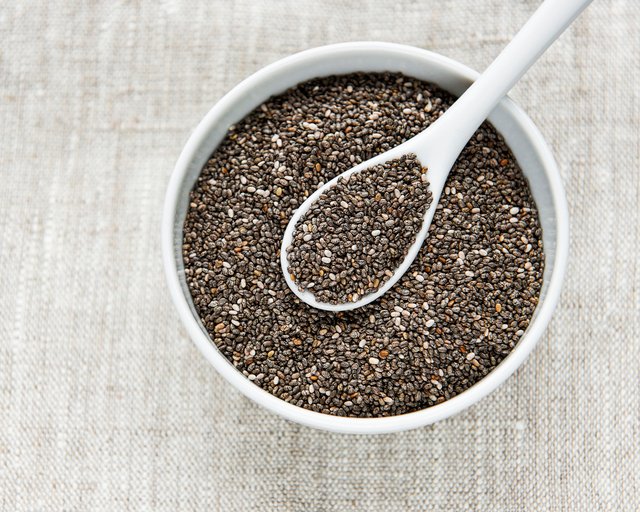What Is The New BMI, The Body Roundness Index? Its Significance To Your

-} An innovative body composition metric called the Body Roundness Index is marketed as a more precise substitute for the Body Mass Index.
-} Researchers discovered a “U-shaped” curve in a sizable retrospective study including 33,000 US adults, suggesting that people with BRIs both below and above the normal range were more likely to die from any cause.
-} The study also discovered that BRI shown a rising tendency during a 20-year period, which is another sign of the obesity epidemic in the United States.
Is “body roundness” a reliable predictor of weight and potential health hazards? According to recent studies, yes.
Researchers are utilising a new method called the Body Roundness Index, which is hailed as a more precise measurement than the Body Mass Index (BMI)Trusted Source, to determine obesity.
Researchers discovered that in a large retrospective study involving almost 33,000 US people, a greater BRI was linked to an increased risk of death from any cause. The study was published in JAMA Network OpenTrusted Source.
The study indicates a possible new weapon in the fight against obesity in addition to providing more evidence of the US’s expanding obesity epidemicTrusted Source. The BRI, according to the scientists, is a measure that is nearly as simple to use as BMI but provides a more accurate evaluation of health risks and body composition.
In light of consistent validation from additional independent studies, the authors concluded that their findings “provide compelling evidence for the application of BRI as a noninvasive and easy to obtain screening tool for estimation of mortality risk and identification of high-risk individuals,” making it a novel concept that could be implemented into public health practice.
Roundness Of The Body And Mortality Risk
Health information from a sizable cohort of about 33,000 adult Americans was included in the study. The NHANES health databaseTrusted Source, a self-reported survey that evaluates Americans’ health and nutrition, is where the researchers obtained the data.
Researchers examined NHANES data from 1999 to 2018 spanning a 20-year period. Members of the cohort were 46 years old on average. The group consisted of half women. The majority of the group was White (68.26%), but there were also Black people (10.92%) and Mexican Americans (8.53%) in it.
They next evaluated one primary outcome, all-cause mortality, using BRI, a body measurement that is a little more complicated than BMI. The key discovery was a “U-shaped” curve showing the mortality risk correlated with BRI score. As its name implies, a U-shaped curve displays more risk in the middle of a particular range and lesser risk at either extreme.
In this instance, there was an increased risk of death from all causes for those whose BRI was both below and above the normal range. The least risky people were those who were in the middle, or in the normal range. Compared to the usual range, people with a BRI of 6.9 had a 49% increased risk of dying, while those with a BRI of less than 3.4 had a 25% increased risk.
It is important that they are looking into alternative measures of adiposity given the acknowledged limits of the body mass index (BMI), according to Beverly Tchang, MD, an endocrinologist, spokeswoman for the Obesity Society, and assistant professor of clinical medicine at Weill Cornell Medicine, who spoke with Healthline.
She continued, “This is a more accurate indicator of central adiposity, which has a strong correlation with metabolic disorders like type 2 diabetes.”
Additionally, throughout the course of the 20 years, researchers found that the average BRI increased steadily from 4.8 to 5.62. In some demographics, such as women, the elderly, and Mexican Americans, the trend was more pronounced.
The Body Roundness Index: What Is It?
Though it depends on many anthropometric factors, the Body Roundness Index is comparable to the Body Mass Index.
The BRI, which was initially put forth in 2013 (Trusted Source), calculates using the following factors: height, weight, waist circumference, and occasionally hip circumference. The BRI is created when you add a dash of theory from German scientist Johannes Kepler in the 17th century.
The first publication describing the idea of BRI was written by Diana M. Thomas, PhD, a math professor at the United States Military Academy at West Point. She gave Healthline the following explanation of the idea:
It’s related to geometry. Therefore, a geometrical answer can be found by looking at the Body Mass Index.
You draw an image of a circle using the required variables, but it might also be more egg-shaped, cylindrical, or even completely circular. It makes use of Johannes Kepler’s idea of “eccentricity,” which he used to measure planetary orbits. Eccentricity is a measure of something’s roundness (like a circle) or narrowness (like an ellipse). For a perfect circle, it symbolises a number between zero and one.
In actuality, BMI just requires two measures. Both height and weight are being used. We’re using a few more human body measurements in the Body Roundness Index to capture that shape, according to Thomas.
The body composition can then be calculated more precisely using that BRI value. The likelihood of dying from all causes increases with body roundness; the closer to zero the better.
How BMI Is Compared
BMI is a straightforward body size measurement based on weight and height that has been used for many years as a general health evaluation. A rough indicator of whether or not you are within a healthy weight range is your BMI. The measurement is far from ideal, though; for example, it cannot differentiate between fat and muscle, so a person who is obese is likely to have the same BMI as, instance, a bodybuilder.
BMI is still a significant predictor of future health issues despite its shortcomings. Your risk of conditions including type 2 diabetes, hypertension, and cardiovascular disease increases with your BMI (anything over 25).
Comparing BMI And BRI
Although BMI has many detractors, there are no signs that it will disappear.
Measuring BMI at home or in a doctor’s office is simple. In the meanwhile, calculating body fat requires more effort, money, and time. It is not something that can be easily completed in the course of a checkup.
But BRI might provide a fresh approach to evaluating health risk and body composition that is more precise while being easy to use. Forget about the discussion of Kepler’s orbital eccentricities; conducting a BRI test doesn’t require any knowledge of geometry or physics. Only a few measures are required. In order to find out your own BRI, you can even enter them into an internet calculator.
As the study authors point out in their report, BRI is still a novel technique that requires additional validation, so it’s far from being widely used today.
Additionally, Tchang points out that the word itself might prevent BRI from being used in the future: “I don’t think BRI is going to catch on simply because “roundness” is a potentially offensive term,” she said.
In Summary
Researchers looked at mortality risk using the Body Roundness Index during a 20-year period using health data from Americans.
Some experts feel that the BRI, a novel body composition test that was initially introduced in 2013, provides a more accurate and similarly simple substitute for the BMI.
Throughout the course of the study’s twenty years, BRI progressively increased, providing further proof of America’s obesity pandemic. Additionally, the scientists discovered a “U-shaped” curve that showed a higher risk of all-cause death for people with BRIs above and below the usual range.






